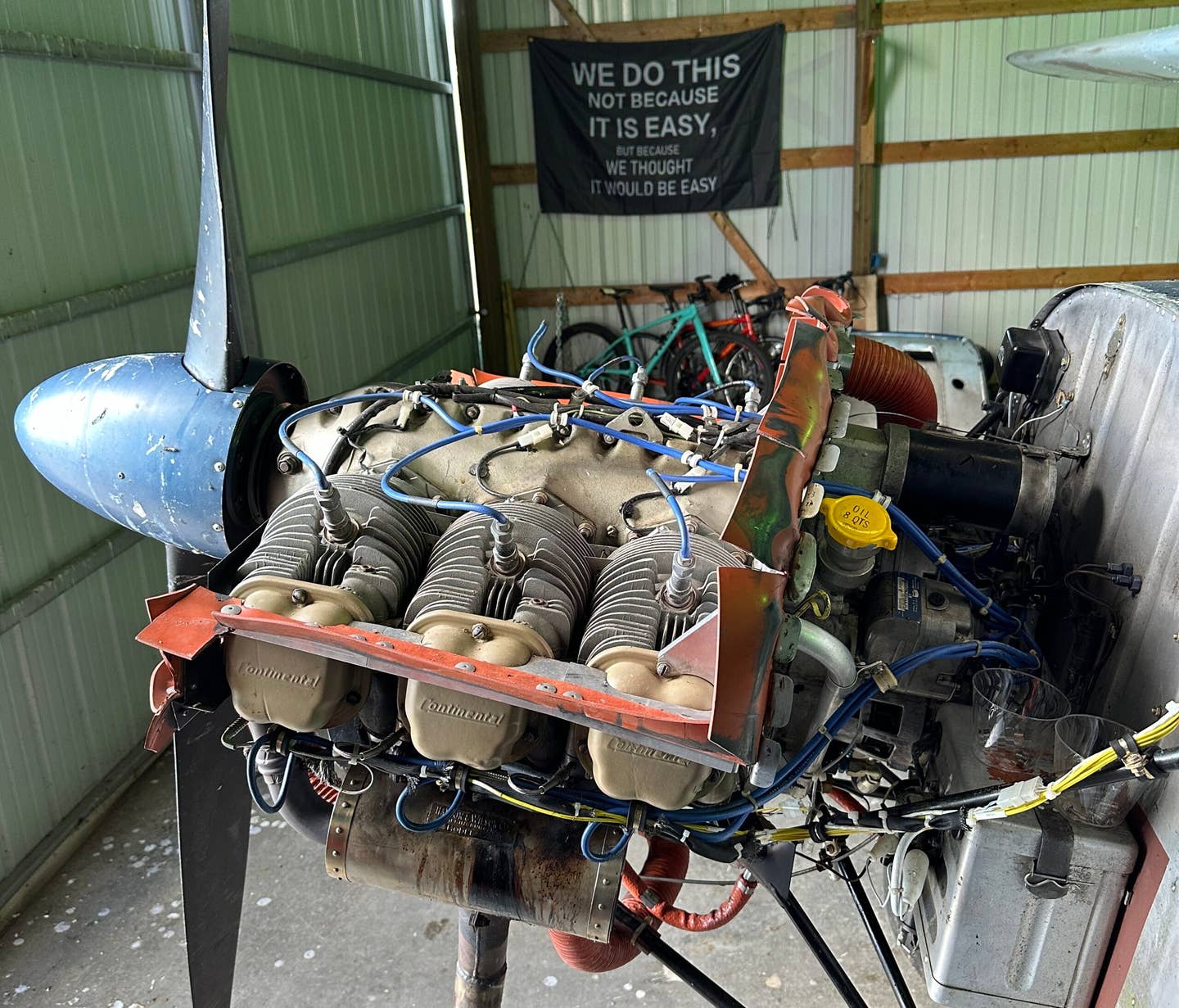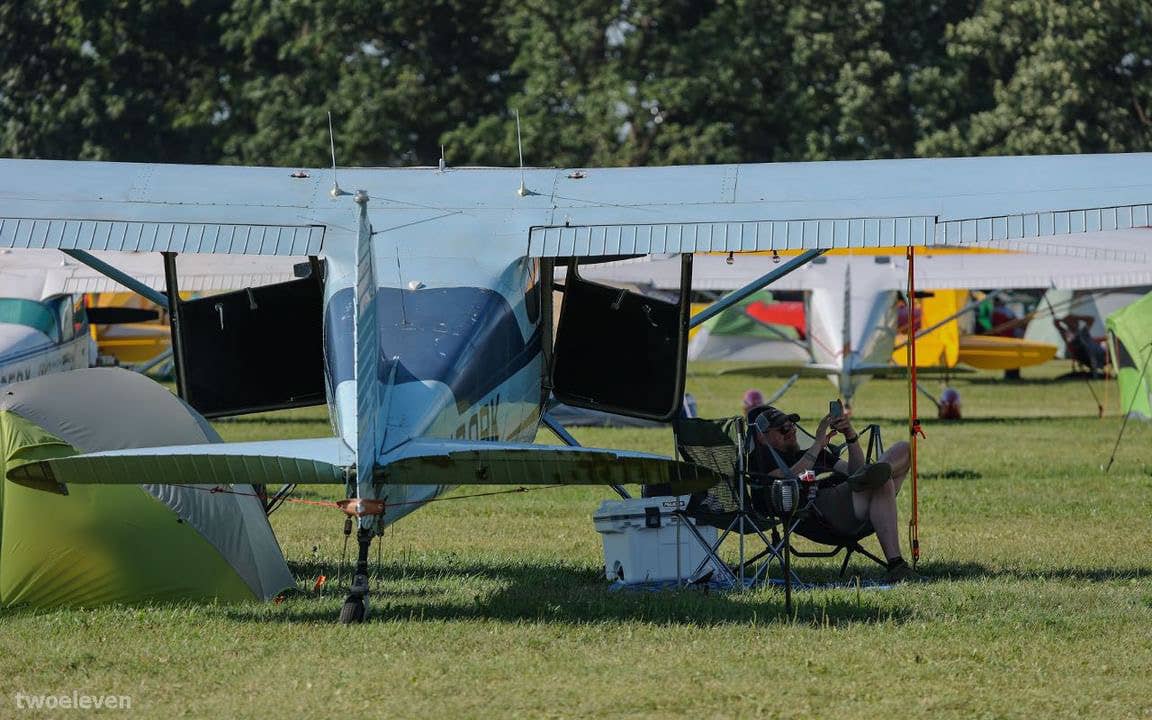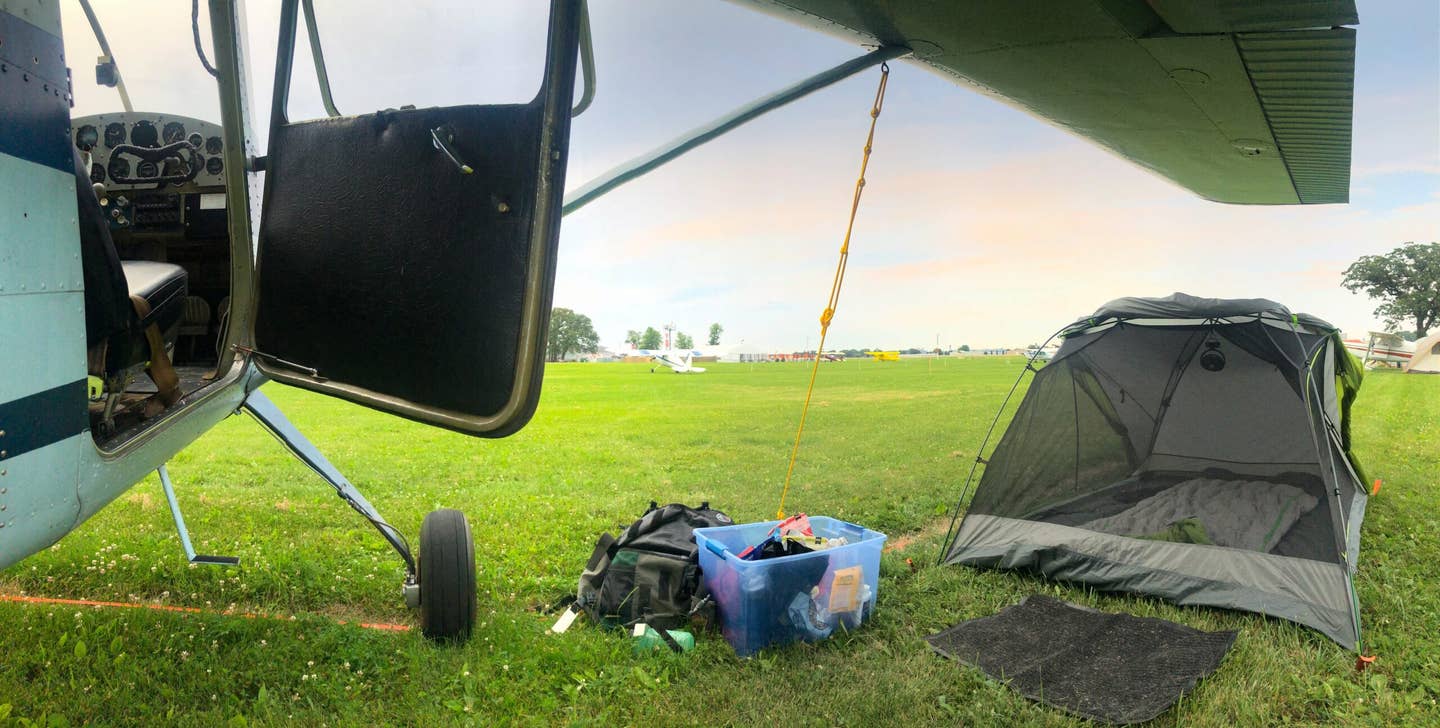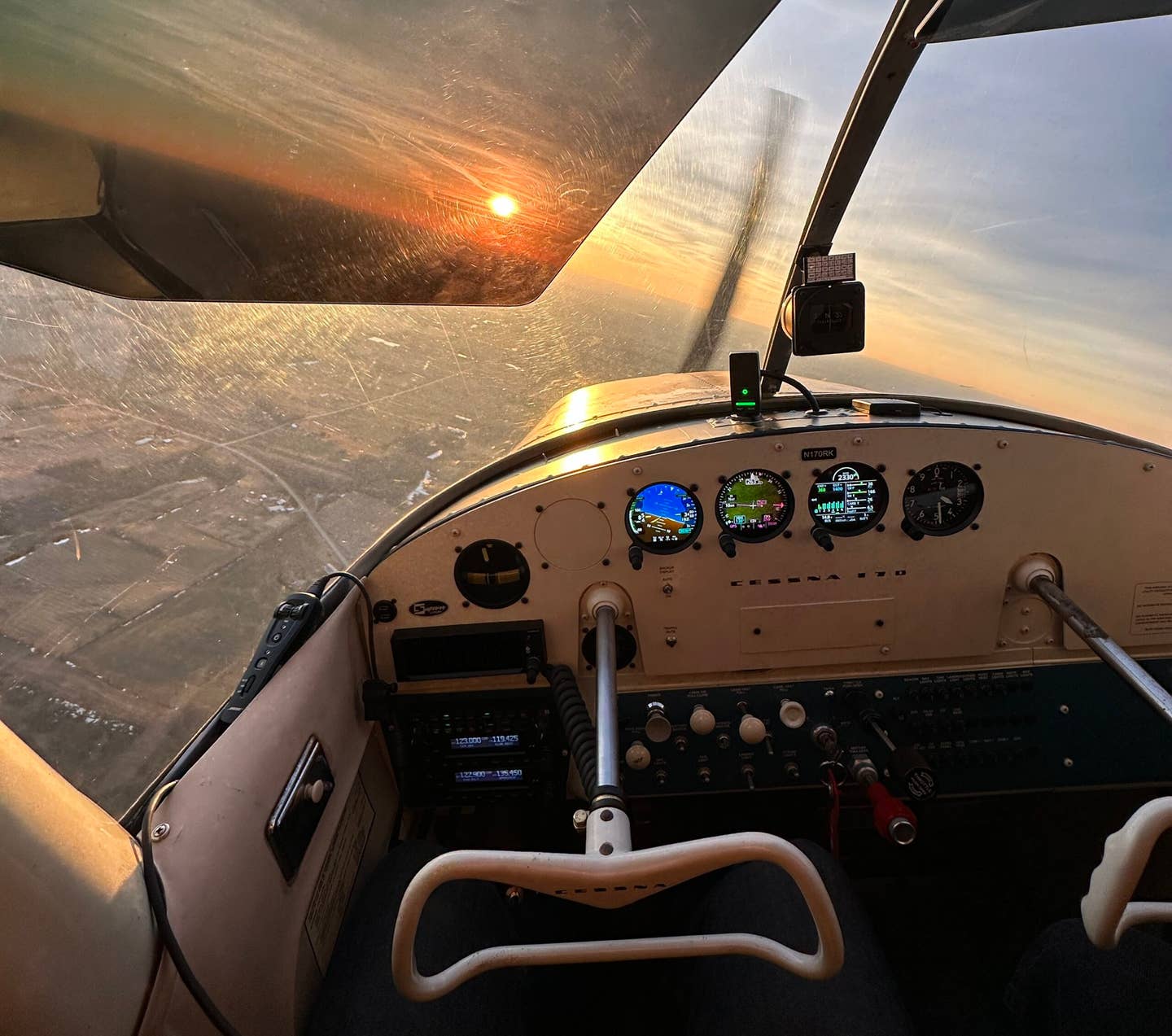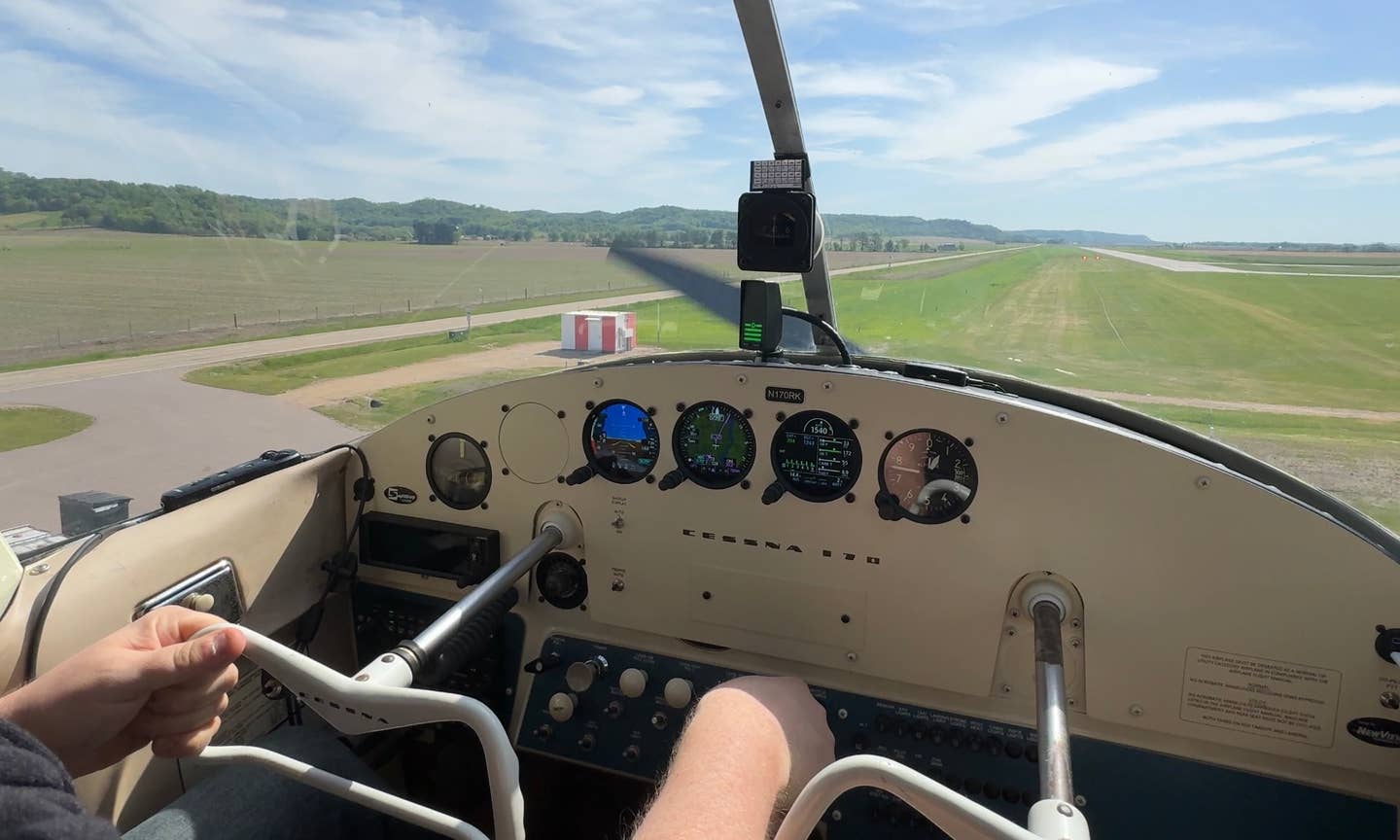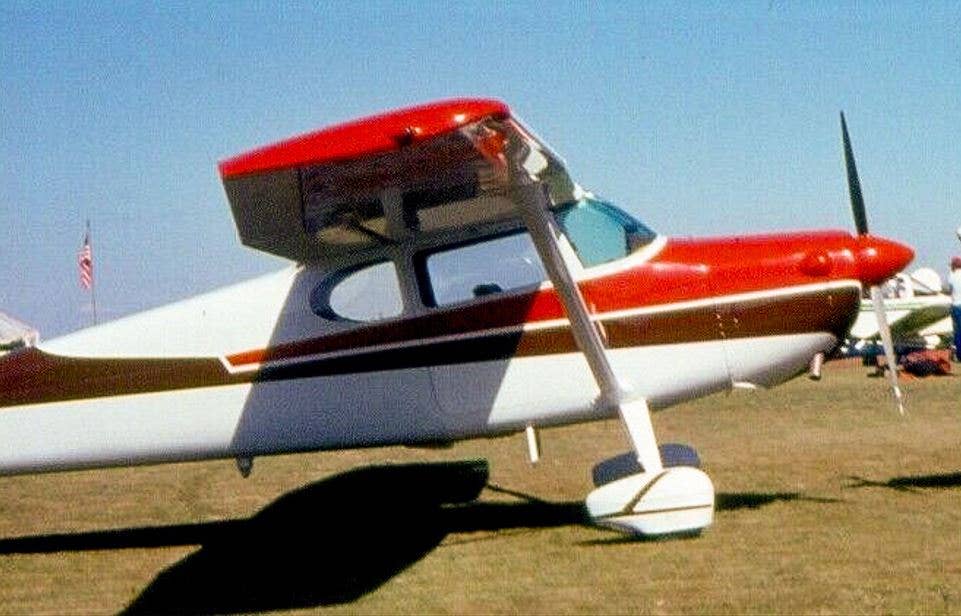Buyer Be Aware: Having Your Own Airplane Is So Worth It
It’s also important to occasionally push and even exceed the limits of your friendships to goad your aviation-loving friends to take the dive and join you in the ranks of airplane owners.
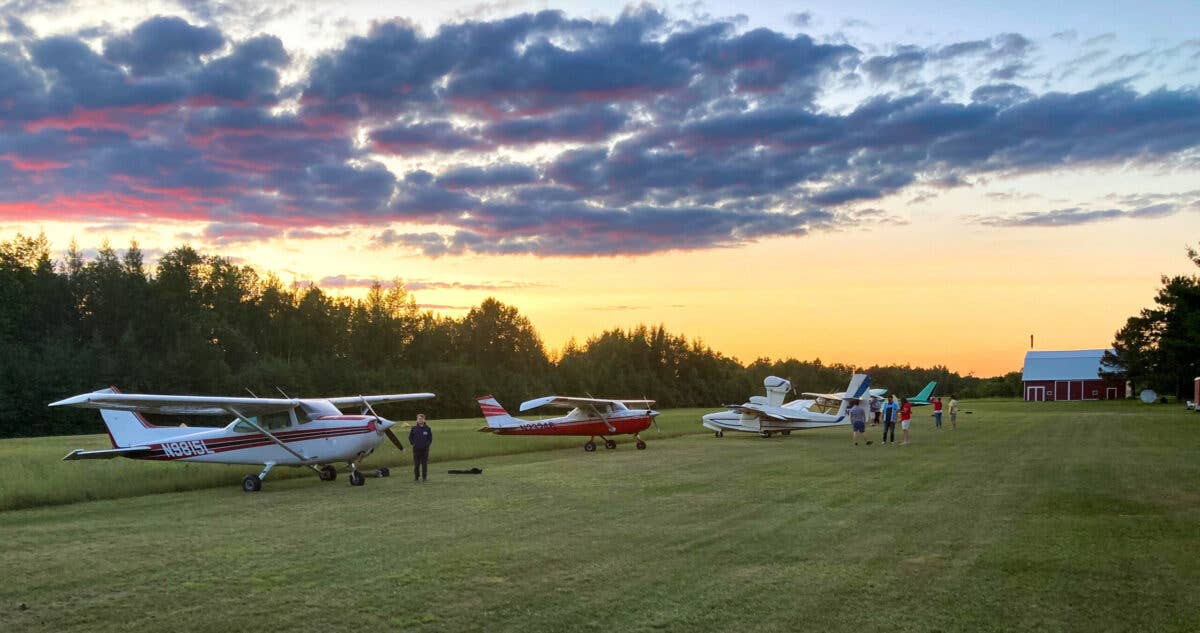
Enjoyable as it is to own an airplane, it’s even more fun when good friends join the ownership adventure. [Jarrett Rathke]
During flight training, it’s important to push and even exceed your aircraft's capabilities occasionally. Whether you’re performing stalls, spins, unusual attitude recovery, or any other maneuver that pushes the boundaries without exceeding limitations, there’s much to be learned in the dusty corners of the flight envelope. Doing so expands your understanding of the airplane, enabling you to extract the maximum performance and enjoyment out of it.
It’s also important to occasionally push and even exceed the limits of your friendships to goad your aviation-loving friends to take the dive and join you in the ranks of airplane owners.
This is something that becomes apparent the day you take delivery of your first airplane. After completing all the necessary paperwork, relocating your new machine to your local airport, and tucking it into your very own hangar, it occurs to you that ownership would be even more fun if your best buddies also owned airplanes. Visions of gamboling about the countryside together on perfect summer days as a flight of three or four fill your head, and you set your sights on the lowest-hanging fruit—any certificated pilot friends who still rent.
Before long, the pestering begins. A text message here. A forwarded classified listing there. Perhaps a copy of FLYING’s Aircraft For Sale, covertly positioned on their pillow like Ralphie’s Red Ryder BB gun advert in A Christmas Story.
I recently tested my friendship limits with such pestering in a group text chat. In a discussion of logistics pertaining to a small college reunion, I offered my apologies for not being able to attend. My former flight instructor, Scott, piped in that I needed to work on my priorities. “That’s rich, coming from a guy without an airplane,” I observed.
I concede this was a slightly harsh comment. But Scott flies for a major U.S. airline, and despite having responsibilities in the form of multiple children, it is my belief he could swing the acquisition and upkeep of a basic Luscombe or Ercoupe. Especially considering how, when it comes down to it, you’re simply parking the funds used to acquire the airplane and can, for the most part, count on recovering them when the time comes to sell.
Another friend of mine is restricted not by budget or competing responsibilities but rather his decision to live in downtown Chicago, an area wholly unaccommodating to airplane ownership. Hangar rent anywhere within reason is scarce and prohibitively expensive, and unlike the similarly expensive Southern California region, keeping airplanes tied down outside year-round is generally avoided in the snowy, northern climate.
To prod this friend toward ownership, I am forced to take a different approach. Instead of sharing biweekly aircraft classified ads, I share listings for real estate and hangar homes in particular. The key here is to remove the most significant obstacle standing between him and his future airplane—in this case, his place of residence and proximity to reasonably priced hangars.
In both of these examples, I try to regularly stoke the fires of their imaginations without taking things too far. Using a decidedly less annoying “carrot” approach, I try to invite them to join me on random flights when our schedules align. And when they don’t, I share particularly cool photos and video clips of my experiences.
Since becoming one myself, I’ve come to realize that aircraft owners have multiple audiences to consider when promoting general aviation. Like nonowners, it is incumbent upon us to promote GA to the general public. We need to speak up when unfounded concerns are voiced against the safety record of small planes, and we should never miss an opportunity to defend GA when the misguided masses target the small airports we love and utilize.
But if GA is to thrive and grow, we must also increase our ranks. And one of the best ways to do this is by targeting our second audience, composed of would-be aircraft owners like my aforementioned buddies. Answer their questions about ownership openly and frankly. Invite them along on flights whenever possible. Extoll the benefits of ownership and sprinkle borderline annoying reminders of the fun they could be having for less than the price of a new base model Ford F-150.
Increasing the number of owners provides some serious benefits. It saves airplanes from the scrapper, for example, and makes them cheaper and easier to own and maintain. Although increased demand tends to elevate prices, it also tends to resurrect airplanes on the brink of being put out to pasture permanently. A nearly abandoned airplane gathering dust in an unused corner of a hangar is more likely to be restored and flown if more people are trying to become owners.
With more active airplanes, ownership becomes cheaper and easier as well since inactive fleets tend to become unsupported. Third-party manufacturers have little incentive to develop pricey parts and STCs if a given type only has a small handful of airworthy examples. This is happening presently at Airworx LLC, an engine shop in Brewton, Alabama. It’s on the brink of being awarded an STC that upgrades the horsepower of the primitive, antiquated Continental C-145/O-300 engine found primarily in old 170s and 172s. Were it not for the post-COVID boom in used aircraft sales, I doubt the company would have as strong a business case for investing in the development of an entirely new STC for the old engine.
Therefore, I continue to serve as an ambassador of ownership, peppering my nonowner friends with regular examples and extolling the high points of owning your own airplane. With any luck, they’ll put up with my pestering and will someday join the ranks. And with any more luck, they will go on to annoy their own buddies in such a manner, helping to grow GA from the inside out.

Subscribe to Our Newsletter
Get the latest FLYING stories delivered directly to your inbox

